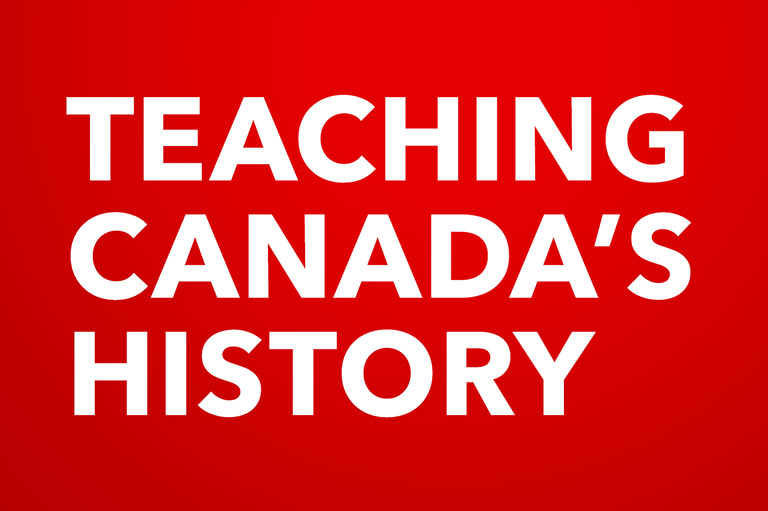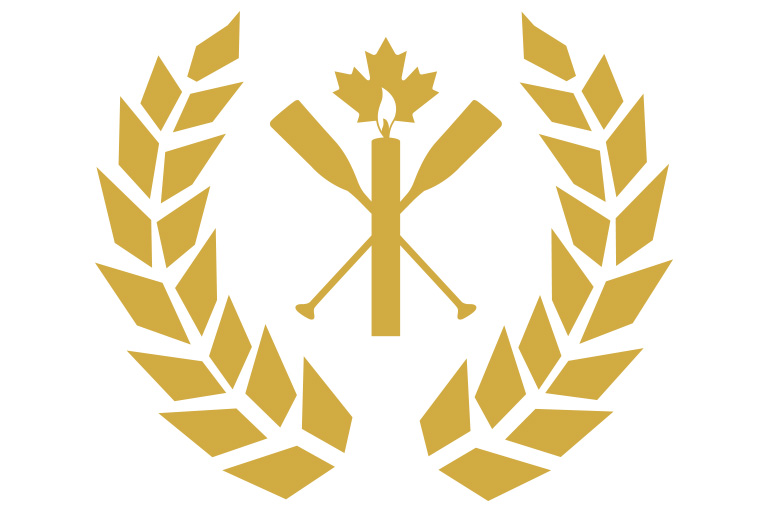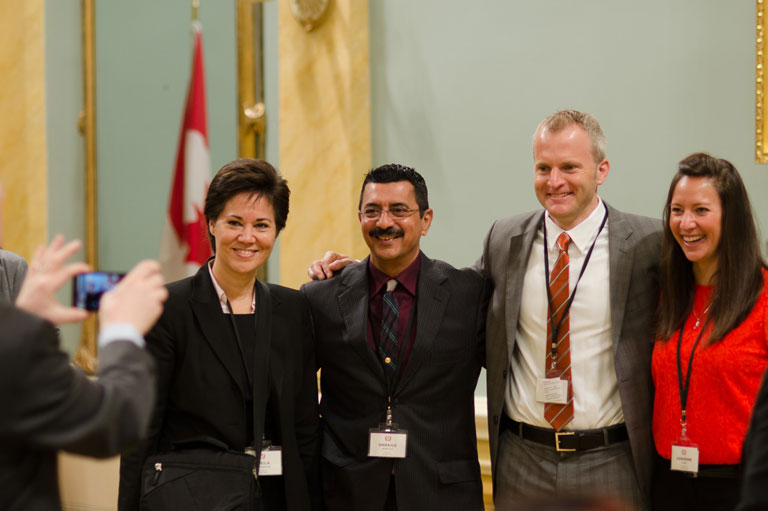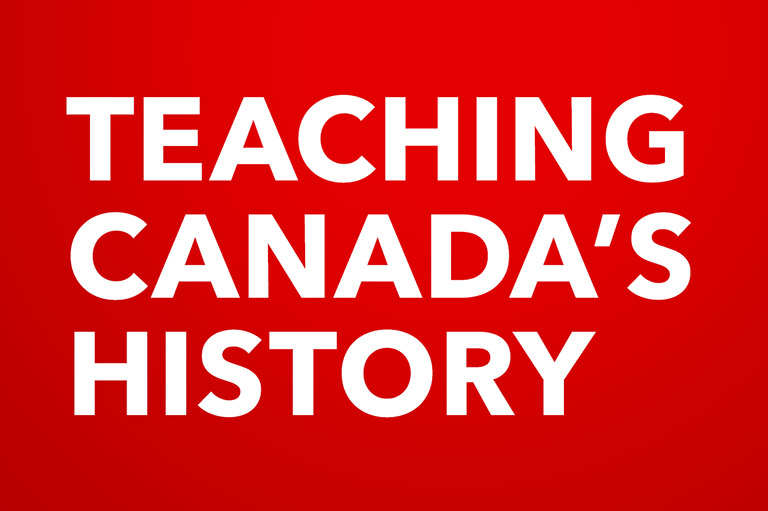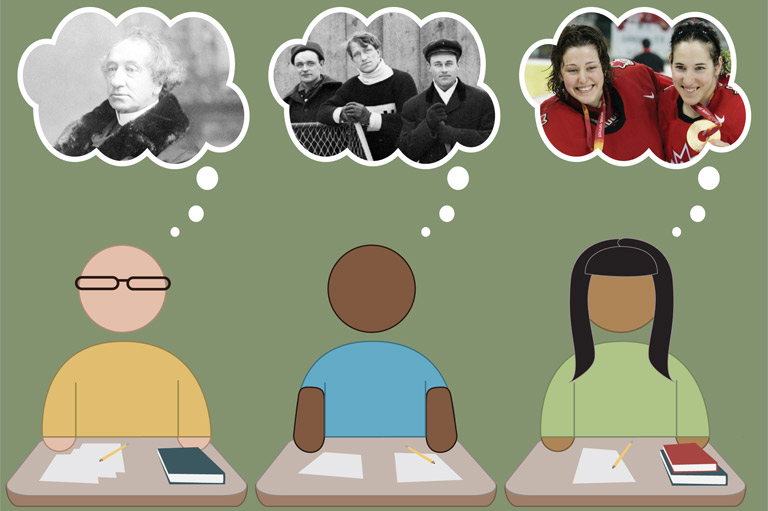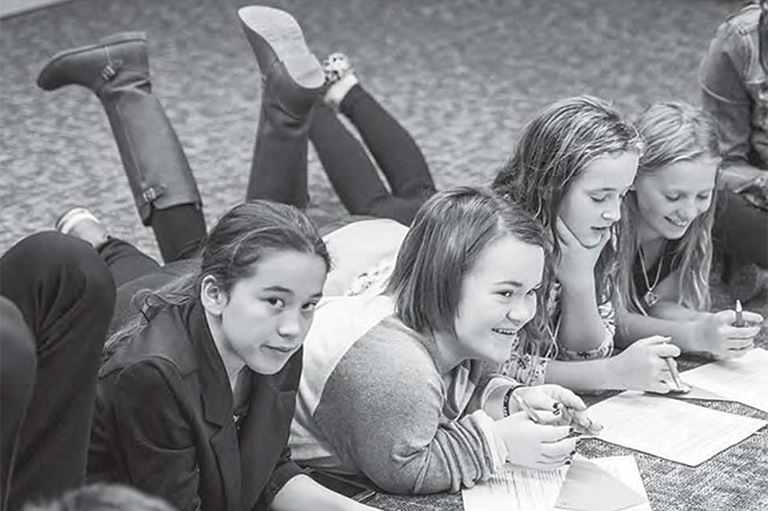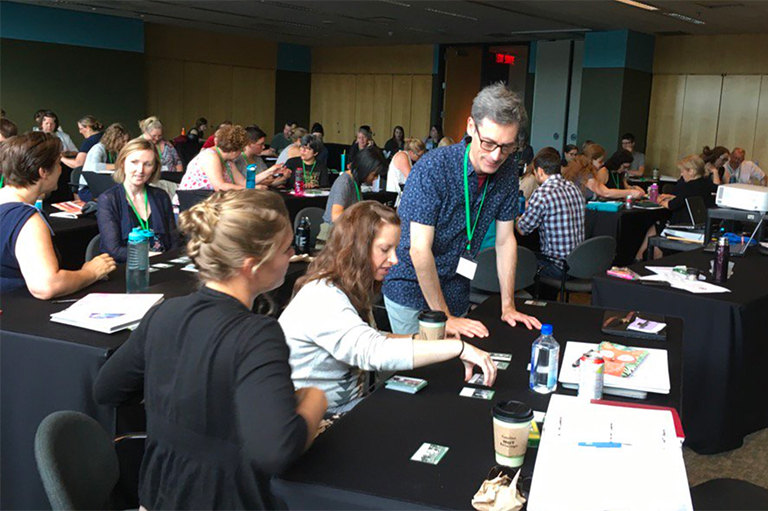Teaching Canada's History: 2021 Excellence in Teaching Finalists
Canada’s History recently spoke with the finalists for the 2021 Governor General’s History Award for Excellence in Teaching. This award recognizes teachers from across the country for their exceptional work in teaching Canadian history. It is also an opportunity to promote and facilitate the sharing of best practices and innovative teaching ideas within Canada’s history education community.
Listen in as our Nobleman Scholar, Julia Richards, interviews teachers shortlisted for this award about their projects, teaching during the pandemic, and how they keep their students engaged in history.
Shannon Leggett
Brockton School, North Vancouver, British Columbia
Shannon Leggett is a teacher at Brockton School in North Vancouver, British Columbia, where she has developed a new take on a history classroom staple: the research essay. Shannon requires her students to create a 2000-word analytical historical investigation on a Canadian event between 1919-2011 with plenty of feedback from Shannon regarding anything from writing tips to gaps in research. In this process, students learn how to conduct in-depth research and produce papers using a multi-faceted, scaffolded approach. Once the paper is complete, students are tasked with defending their research finding in a 15-minute presentation/Q&A session with their peers. The purpose of this project is not only skill-based but also to have students become experts in one area of post-WWI Canadian history, and be taught about a wide array of unique, often unknown events in Canadian history.
Kelly Hiebert
Westwood Collegiate, Winnipeg, Manitoba
Student members of the Westwood Historical Society at Westwood Collegiate, along with teacher Kelly Hiebert, have made a documentary film about student voice and social justice regarding the issues of hate and anti-Semitism in Canada today. The project was inspired by a Holocaust Tour where Kelly and the students in the historical society visited Warsaw Ghetto, POLIN (Museum of Polish Jews), Auschwitz-Birkenau, and Lidice Village just outside of Prague, Czechia. The film includes student-led interviews with eight local Winnipeg Holocaust survivors and Angie Orosz-Richt, who was born in the extermination camp of Auschwitz-Birkenau. Angie has dedicated her life to continuing her mother’s story of bravery, courage, hope, and love to protect her daughter in unimaginable circumstances. Students have also interviewed specialists in Holocaust education, local historians that specialize in the Holocaust, and many others who helped in getting the film off the ground. Kelly hopes to hold a viewing of the film in Winnipeg in October 2021.
Michel Blades
Ranch Learning Centre, Lamont, Alberta
The Keeping Tobacco Sacred project, started by Michel Blades at the Ranch Learning Centre in Lamont, Alberta, is a reconnection to land, culture, language, and identity for youth growing up in government care. Inspired by the Truth and Reconciliation Commission’s 94 Calls to Action, this project is ultimately a grassroots answer to the assimilation of Indigenous people that resulted from the Residential School System and the legacy of their children. The process of learning to grow, cure, and prepare tobacco from seed to offering provides students with a daily connection to caring for oneself as well as the life of another. Additionally, in acknowledging the length of time it takes to grow medicines, it reinforces the importance of positively connecting the mind, body, and spirit to protocols, language, teachings, ceremony, and elder prayers.
Mark Perry
Hampton High School, Hampton, New Brunswick
For over ten years, teacher Mark Perry has led students of various grades (1, 5, 11, and 12) in four different schools in the Kennebecasis Valley, New Brunswick, in a commemorative project called “The Kennebecasis Valley Remembers.” The students have uncovered thousands of primary documents and have video-interviewed over sixty Second World War veterans to write five books, of which three have been published, and to produce several documentary films. These products detail historical accounts and the biographies of over 180 people from New Brunswick and the greater Wabanaki Territory. This work has been used by university students and University of New Brunswick historians as they have conducted their own research on the stories of New Brunswick. The present focus is on the development of biographies of veterans of the Wabanaki Nations: the Mi'kmaq, Wolastoqiyik, and Peskotomuhkatiyik.
Janet Csontos
Scarborough Centre for Alternative Studies, Toronto, Ontario
Janet teaches at the Scarborough Centre for Alternative Studies in Toronto, Ontario where she developed her project. Janet’s project had two major goals: as a direct response to the Truth and Reconciliation Commission’s 62nd Call to Action; and to contribute to the process of reconciliation as defined in the TRC report, as reconciliation “requires that the paternalistic and racist foundations of the residential school system be rejected as the basis for an ongoing relationship.” Her project consists of a 20-page interdisciplinary Jamboard showing different maps or landscapes that students can interact with online. It begins with a Land Acknowledgement page which invites students to draw the First Nation territories of the place they occupy. This is followed by a variety of units that feature Indigenous histories and governance practices for sharing land, numbered Treaties, and colonial events from Canadian history.
Randall Keast
Georgetown District High School, Georgetown, Ontario
In Randall Keast’s project, The Human Rights Symposium, students must conduct in-depth research into a marginalized group in Canada and the challenges they faced in their pursuit for equality. Once they have conducted their research, students must present their findings in seminar-style groups. This allows for students to not only engage in a conversation about the historical influences that led to marginalization of these groups, but also provides students an opportunity to directly engage with the history and teach their peers what they’ve learned themselves. At the end of the symposium, students are asked to reflect on the process and explore the notion of a just society.
Kelly Barnum
Nanaimo District Secondary School, Nanaimo, British Columbia
“Missing,” a show performed by Kelly Barnum’s dance students at Nanaimo District Secondary School in Nanaimo, British Columbia, explored the Missing and Murdered Indigenous Women and Girls crisis. The thirty-minute show focused on the lost lives of six British Columbian women and girls and incorporated powerful images of those lost and the symbolic red dresses. Kelly developed the show with her former student, Sarah Kielly, in collaboration with the Indigenous Education Department and used music by Indigenous, primarily female, artists; monologues describing the lives and loss of the six women; as well as the NDSS Drumming Group performing "Women's Warrior Song." The goal of “Missing” was to spread awareness to the school community. Unfortunately, due to COVID the students were unable to share their work with a larger audience, but highlights from their dress rehearsal was shared with teachers. Several faculty provided positive feedback, stating the show was impactful and that they were grateful for the conversations that were prompted.
Katie Tressel
Brookswood Secondary, Langley, British Columbia
What do we do with statues of people whose views and actions we now recognize as problematic? What role do we play in the telling of Canada’s national story, and what impact can we have on its future? Katie Tressel considered these essential questions while developing her project “Heroes and Villains.” Students are asked to consider how perspectives about historical figures and events can change. They examined how what we choose to remember about our past influences our future, and they took steps towards creating the Canada they want to live in by designing their own monuments celebrating their vision for the country. Overall, students learned that history is not a single story, and that recognizing multiple perspectives creates a richer, more accurate national identity.
Jackie Cleave
Laura Secord School, Winnipeg, Manitoba
Jackie Cleave is a teacher at Laura Secord School in Winnipeg, Manitoba, where she developed a project about making the Truth and Reconciliation Commission’s 94 Calls to Action accessible for younger students. As Jackie notes, the 94 Calls to Action are a set of directions towards reconciliation, but they were not intended as a teaching tool. To make the Calls to Action more accessible, a team of educators worked with seventy-five grades 4, 5, and 6 students to reword the calls in child-friendly language. Her students researched history, explored current reality, toured the Canadian Museum for Human Rights, and listened to Indigenous leaders. The students used art, poetry, dictionaries, and thesauruses to identify the problem and rephrase each Call in their own words. The result is a book containing the art, poetry, original Calls, and the students’ wording of the problem and the solution the CRTC TRC proposes.
Themes associated with this article
Advertisement
You might also like...
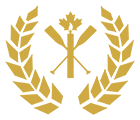
Nominations for the Governor General's History Award for Excellence in Teaching are accepted all year round.

